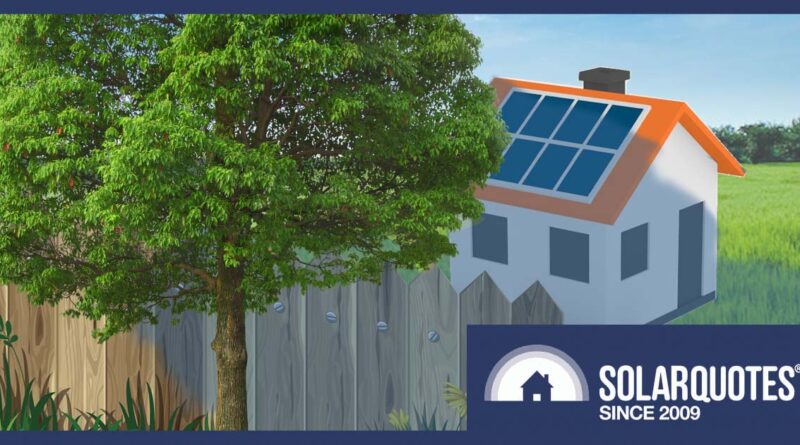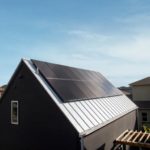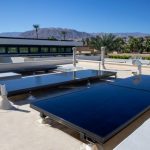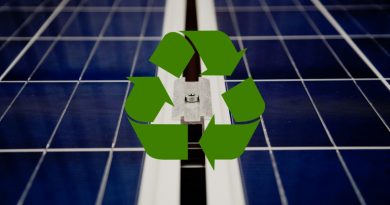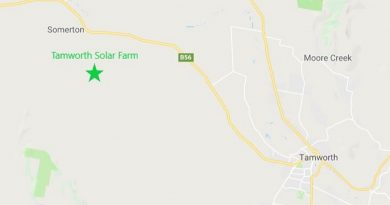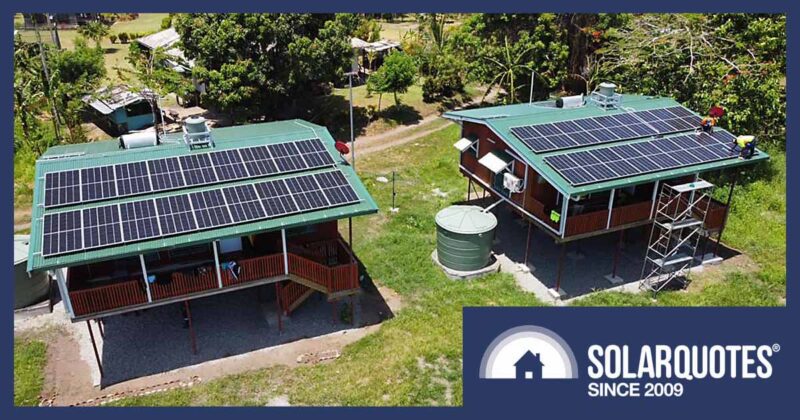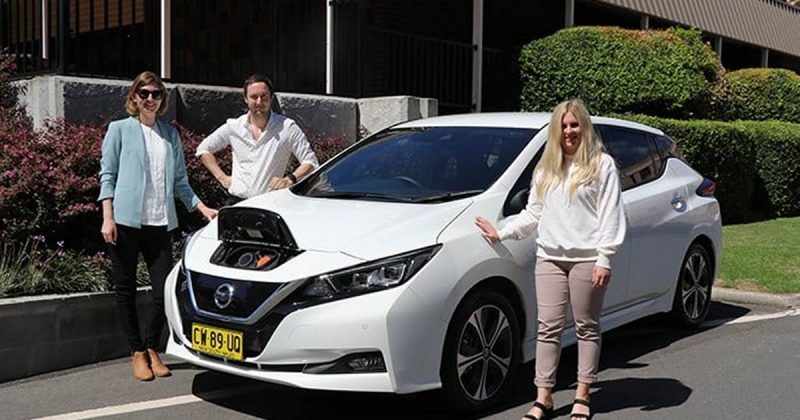Trees Overshadowing Solar Panels: State And Territory Rules
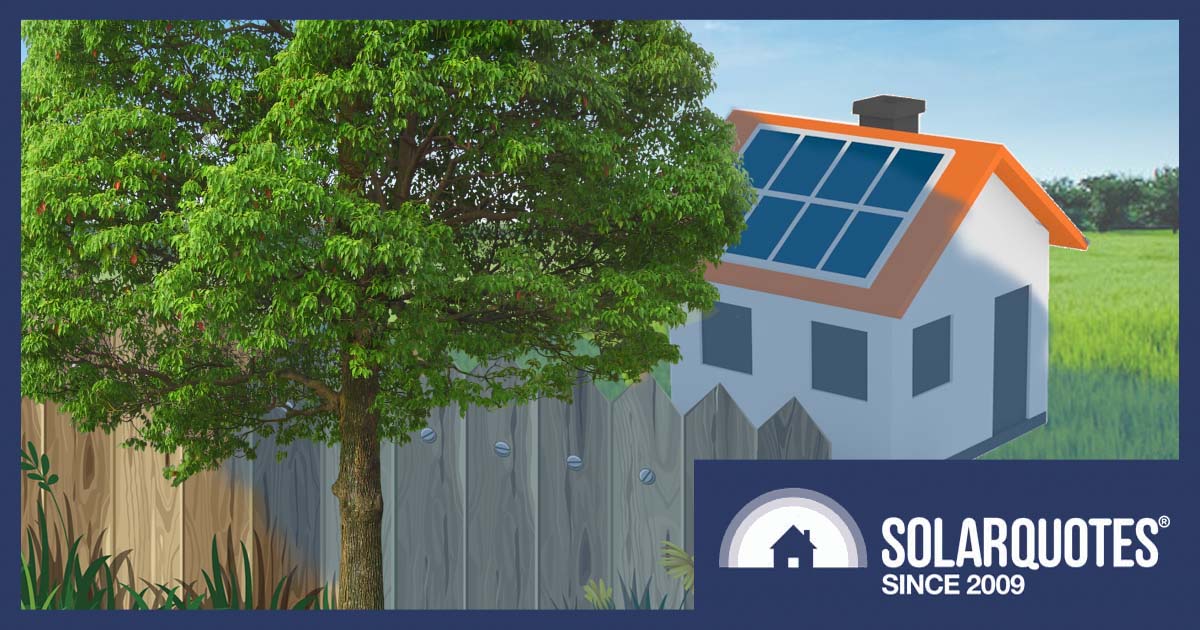
Save the trees? What about saving the solar panels? Dare I say it, I like trees even more than solar panels, and that’s a hell of a lot. But in a cruel twist of irony, it’s obvious they are not compatible bedfellows.
Recently I published an article entitled Your ‘Right To Light’: Solar Panel Overshadowing Rules By State, in which I covered state-by-state regulations on the overshadowing of solar panels by new neighbouring developments.
Some commenters rightly brought to my attention that a potentially bigger issue for rooftop solar owners might be shade from neighbouring trees. In response, I’ve decided to branch out with a new article and get to the root of the matter to see if they’re barking up the wrong tree.
Laws Around Shade From Neighbouring Vegetation
Similarly to overshadowing by new neighbouring developments, your local council is the go-to authority if you have a not-so-neighbourly dispute regarding vegetation coming from across the fence. They will have a policy based on state laws and regulations that may or may not exist.
There is specific legislation in only three of our states and territories. New South Wales, Queensland, and Tasmania have laid down the law, although you’d be hard-pressed to find the words ‘solar panel’ mentioned.
In the other states and territories, the ‘common law’ principle is applied. Generally, you can prune a neighbour’s overhanging hedge from your side of the fence, but beware – you may cop a fine, so you better read the fine print.
In all cases, if there is a dispute, you should talk to your neighbour and try to find an amicable solution. It may involve each person compromising. That’s why it’s best to keep things civil to give your negotiating skills the best chance of an outcome. Mediation would be the next step. As a last resort, before you donate your hard-earned money to a lawyer, you should first be clear on the rules in your neck of the woods.
Join thousands receiving the latest solar, battery and EV news and views from SolarQuotes!
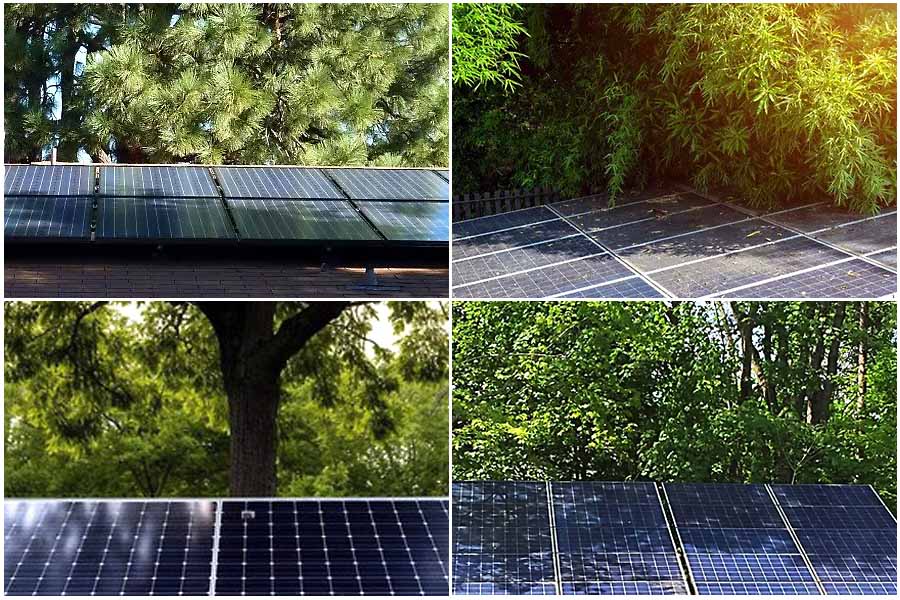
Let’s not beat about the bush. This sort of bad behaviour has got to be cut back.
Detailed Breakdown: State And Territories
New South Wales
If a high hedge from your neighbour blocks sunlight, you may have a legal right to trim or remove the hedge. Make sure to apply for permission from the local council for a permit or development approval before you do anything.
The Trees (Disputes Between Neighbours) Act 2006 (NSW) enables a neighbour to obtain court orders to force the hedge owner to prune or remove a high hedge. Part 2A of the Trees Act deals with ‘high hedges that obstruct sunlight or views’:
14E (2) The Court must not make an order under this Part unless it is satisfied that:
(a) the trees concerned:
(i) are severely obstructing sunlight to a window of a dwelling situated on the applicant’s land, or
(ii) are severely obstructing a view from a dwelling situated on the applicant’s land.
‘Window’ includes a glass sliding door, a door with a window, a skylight, and any other similar thing. Is a solar panel classed as ‘any other similar thing’? Your guess is as good as mine.
Victoria
In Victoria, there is no specific law that deals with tree disputes. Trees are covered by general property law and ‘common law’, which is the law the courts have developed over time. A tree owner has no legal obligation to maintain their tree unless it’s causing damage or nuisance.
Mediation is recommended if you can’t agree with your neighbour about managing a tree that blocks light or views. DSCV (Dispute Settlement Centre of Victoria) can help you resolve a dispute without having to resort to taking legal action.
In 2019, The Victorian Law Reform Commission recommended a new law to deal with neighbourhood tree disputes. It’s unclear whether access to sunlight was within the scope of this inquiry.
Queensland
The Neighbourhood Disputes (Dividing Fences and Trees) Act 2011 refers to the obstruction of sunlight to a neighbour’s land, but not specifically solar panels.
(3) Subsection (2)(b)(ii) applies to interference that is an obstruction of sunlight or a view only if — (a) the tree rises at least 2.5m above the ground; and (b) the obstruction is — (i) severe obstruction of sunlight to a window or roof of a dwelling on the neighbour’s land; or (ii) severe obstruction of a view, from a dwelling on the neighbour’s land, that existed when the neighbour took possession of the land.
(4) Despite the Property Law Act 1974, section 178, QCAT may make an order under subsections (2)(b) and (3) that is intended to result in the access of light to land.
(6) In this section — window includes a glass door, window forming part of a door, skylight or other similar thing.
QCAT (Queensland Civil and Administrative Tribunal) has used this provision to make orders for the removal of trees that degraded the performance of an existing thermal solar hot water system and which also prevented the possibility of installing solar PV panels.
Western Australia
Western Australia has no laws or regulations pertaining to trees or vegetation shading a neighbouring property. The Local Government Act 1995 (WA) gives councils the power to take action against property owners whose trees are unsafe to nearby people or property, but nothing is mentioned about sunlight or solar panels.
Advice from my local WA council is that:
“disputes relating to trees on private properties are a civil matter between the adjoining owners and do not generally involve local councils unless it’s a safety issue.”
Under common law, you are allowed to cut an overhanging branch back to the point where it enters your property unless a tree preservation order protects the tree or there is an express easement or restrictive covenant.
South Australia
No specific legislation around neighbouring trees exists in South Australia. The rights of an affected neighbour in any dispute are mainly covered by the common law about liability for nuisance and negligence. If a neighbour’s tree protrudes over your side of the fence, it may be cut at the boundary line.
In most cases, there is no liability for problems caused by a tree entirely on the tree owner’s side of the boundary. There is no general right to sunlight or to an unimpeded outlook (unless there is an easement protecting that right). Therefore, there can be no liability for shading by a tree growing on your neighbour’s land.
Tasmania
In Tasmania, you are covered in The Neighbourhood Disputes about Plants Act 2017. It seems the powers that be have no problem letting you wield the axe if a tree throws shade on your solar panels. See Section 7:
7. When land is affected by plant
(1) Subject to this section, for the purposes of this Act, land (affected land) is affected by a plant that is situated on another area of land if – (a) branches of the plant overhang the affected land; or (b) the plant has caused, is causing, or is likely within the next 12 months to cause – (iii) substantial, ongoing and unreasonable interference with the use and enjoyment by a person of the affected land.
(2) Without limiting the generality of subsection (1)(b)(iii), a plant may cause substantial, ongoing and unreasonable interference with the use and enjoyment by a person of affected land by virtue of causing sunlight to be severely obstructed from reaching –
(a) a window (including a window in a door) of a building on the affected land; or
(b) a solar photovoltaic panel, a solar collector for a solar hot water system, or a skylight, situated on a roof of a building on the affected land.
Australian Capital Territory
Some trees in the ACT are protected under the Tree Protection Act 2005 (ACT). However, if a neighbour’s tree grows over into your property, you may be entitled by law to trim the branches as far as they overhang. Check first to see whether the tree you want to trim is registered or regulated. Otherwise, you may end up with a fine.
Under Schedule 1 Item 1(1)(e) of the Tree Protection (Approval Criteria) Determination 2006 (No 2), the Conservator may give approval to damage a regulated tree when: “the tree is substantially affecting solar access to the lessee’s lease, or neighbouring lease, during winter between the hours of 9am to 3pm and pruning is not sufficient to remedy this (excluding remnant eucalypts)”.
Note that ‘solar access’ does not exclusively refer to a solar panel’s access to the sun, but rather the sunlight on the entire leased block.
“Examples of reasonable remedial treatments or measures for a regulated tree:(5) thinning, selective pruning or reduction pruning on trees to provide solar access and property alignment to private dwellings undertaken every two years.”
Northern Territory
The Northern Territory relies on common law principles of nuisance, negligence, and abatement when dealing with neighbouring tree disputes. You have the right to cut off branches or roots extending over your property’s fence line. As in all cases, it is recommended to talk to your neighbour first.
In 2018, the Attorney-General and Minister for Justice asked the Northern Territory Law Reform Committee to investigate and report on possible law reform concerning tree-related disputes. Recommendations relating to sunlight and solar panels included:
Recommendation 4 – The amendments to the Fences Act 1972 should include the following modifications to the provisions:
(c) Obstruction of sunlight to solar panels and solar hot water systems should be included in the matters that may give rise to a tree-related dispute within the meaning of the statutory provisions, provided the obstruction was not in existence when the solar panels or solar hot water system was installed.
Watch this space.
A Legal Void In An Urban Jungle
Unlike the many trees and solar panels vying for survival in our urban jungles, suitable laws governing their coexistence are as rare as a four-leaf clover in the Simpson Desert. Given this legal void, common courtesy is the best way to resolve disputes. Rather than casting shade on your neighbour, it’s always best to engage in a civil dialogue and explore mediation options before considering legal action.
Original Source: https://www.solarquotes.com.au/blog/trees-overshadowing-solar/

